Things to Consider in Choosing the Right Rebounder : Among the many forms of exercises discovered, there is still a huge portion of the active populace that prefers rebounding not just because of the many health benefits it offers but also because of its fun nature. If you haven’t heard of it, rebounding is basically jumping on mini rebounder or trampoline. Beginners usually do gentle bounces where the feet don’t leave the rebounder. But for the more advanced, jumping as high as 6 inches from the surface is how they do it.
Excited starters who have a little background about rebounding tend to be careless in picking a rebounder, discounting the importance of quality and materials it is made of. Let us shift away from that. For a more guided rebounder shopping, below are factors you should consider:
Price
One of the determining factors that can cut down your options is the rebounder’s price. Mini rebounders of today cost around $250 to $500. If you have spotted one that costs less than that, then most likely that too-good-to-be-true deal can do almost nothing for your health improvement. If you are on a tight budget, you may very well go for the cheaper models but that’s where the next variable comes in.
Quality
While the market of the fit and active is flooded with a lot of rebounders or mini-trampolines, considering you have simplified your options in terms of budget, quality must be your next top determinant in buying one. Remember, one false purchase can put you in danger. Now, although you can’t accurately and instantly gauge a rebounder’s quality on the spot, more so if you are online shopping, this time you have product reviews and feedback to guide your decision-making process. Generally, if you see comments or feedback against the product, then a red flag should be raised.
Package Inclusion
A bestselling, popular product will usually gain many loyal customers who would want others to experience the same. So, for your rebounder shopping, it would be great to also consider what your rebounding friends have recommended.
As with package inclusion, a lot of available rebounders in the market today include rebounding workout instructions and a good exercise DVD to promote a more fun rebounding activity. But it does not necessarily mean that mini rebounders which are sold without extras are less effective especially if you won’t even need them. Some also include warranty and information about prospective shops or locations that sell replacement parts should these be needed in the future.
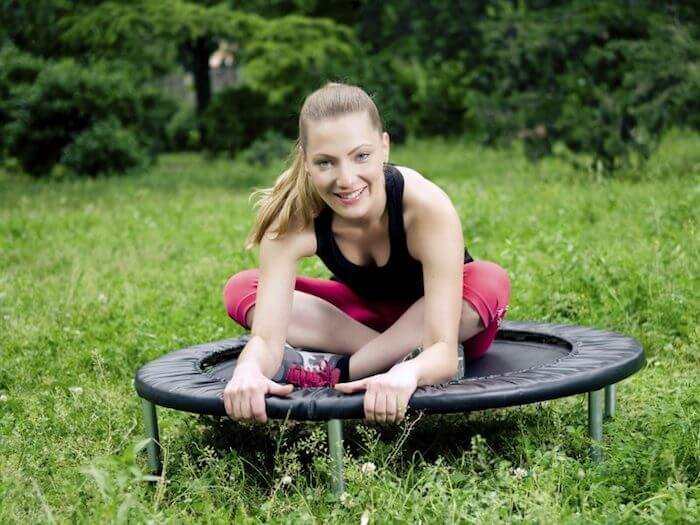
Into The Details
For the more experienced, a lot of detailed factors drive their purchasing decision. Aside from the price, quality, and package inclusions, rebounding addicts may also look into the availability of the parts, weight limitations, product warranties or guarantees, storage advantages, availability of customer support, whether a rebounder is foldable or not, and a lot more.
To more simplify your criteria of buying, below are what you should also check when buying a rebounder:
Base and Assembly:
Ensuring that your rebounder has a reliable base is important if you don’t want ending up injured from a trampoline accident. Your trampoline’s base is what holds the entire equipment together. As it serves as the framework, a poorly framed rebounder may only increase the risk of breakage which can potentially cause accidents. This obviously ruins the fun.
For the framework, you have two options: steel and plastic. Experts and reviews commonly claim that steels provide a better support than the plastic ones. Nonetheless, not all steel units are equally safe and good. To make sure you are picking the right rebounder according to the base you prefer, better do a research about its assembly process and remember to avoid units with screw-in legs as these bear risks and disadvantages like they wear down through time, screws come loose when stored, and the stability support is overall questionable. Instead, go for units with snap-in legs.
Springs
The quality of the springs is just as important as the rebounder’s base. Safety wise, using rebounders with tube springs can be risky and is at times discouraged. That is because tube springs can limit the movement of the person rebounding which means the potential of the routine becomes limited.
Besides tube rings, you have bungee cords as another option of spring type. However, if you love intense jumping and rebounding, bungee cords may not give proper support and may only lead to incorrect, dangerous landings, potentially injuring the ankle. Bungee cords have a sluggish bounce response time and can also wear down through time. Hence, if you go for this kind of spring, make sure you already know where to buy a replacement for your future reference.
For the best rebounding experience, going for rebounders with tapered steel springs is the best decision to make. In terms of support, this type of string is excellent and can cater large movements. Durability wise, it also exceeds the performance of tube springs and bungee cords.
Mat
To ensure your safety and the efficiency of your rebounding routine, the quality of the mat also matters. Depending on the material, your mat may be made up of nylon, canvas, or plastics. The drawback of these types are they tend to stretch through time, risking the mat’s support capability and the feet’s potential pronation.
When looking into the mat, prioritize an option that does not stretch. Go for high quality materials as they resist more on weather damage which makes placing the equipment outdoor not an issue. Also, go for a mat that gives proper support and comfort even when you exercise barefoot.
Replaceable Parts
Even high quality rebounders are not breakage proof. Over time, depending on the frequency of use or exposure to sunlight or rain, parts will likely break. Hence, make sure that if you buy one, you already know where to access replacement parts. Otherwise, you may be compelled to buy a whole new product all over again. That’s a waste of money.
Size, Weight and Transportability
Rebounders and mini trampolines are available in a variety of sizes but most of them have narrower width. In terms of transportability and ease of storage, they do not bear any issue. If you plan to travel your rebounder frequently, however, it is best to consider a rebounder that is light, hence easy to carry. There are also foldable rebounders that facilitate easy transport and storage.
There is truly a number of different elements to consider before buying a rebounder. Make sure you get the best value of your money. With all these factors, choosing the rebounder that’s perfect for you likely becomes easier.
Related Videos about Things to Consider in Choosing the Right Rebounder :
How To Choose A Rebounder
How To Choose The Best Rebounders | Top 3 Rebounders And The Best Mini Trampoline
Comparing My Rebounders! – spring vs. elastic vs. bungee
The Power of Rebounding: How A Rebounder Can Change Your Life
Rebounding: The Best Exercise for your Immune System
How To Choose A Rebounder Trampoline
Related Infographics about Things to Consider in Choosing the Right Rebounder :
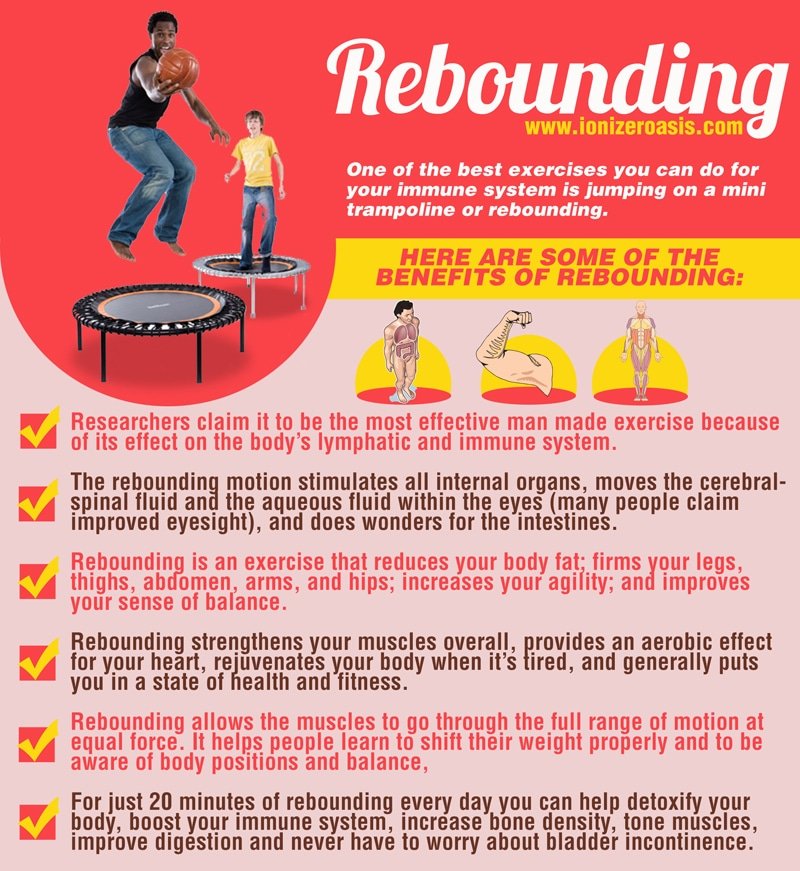

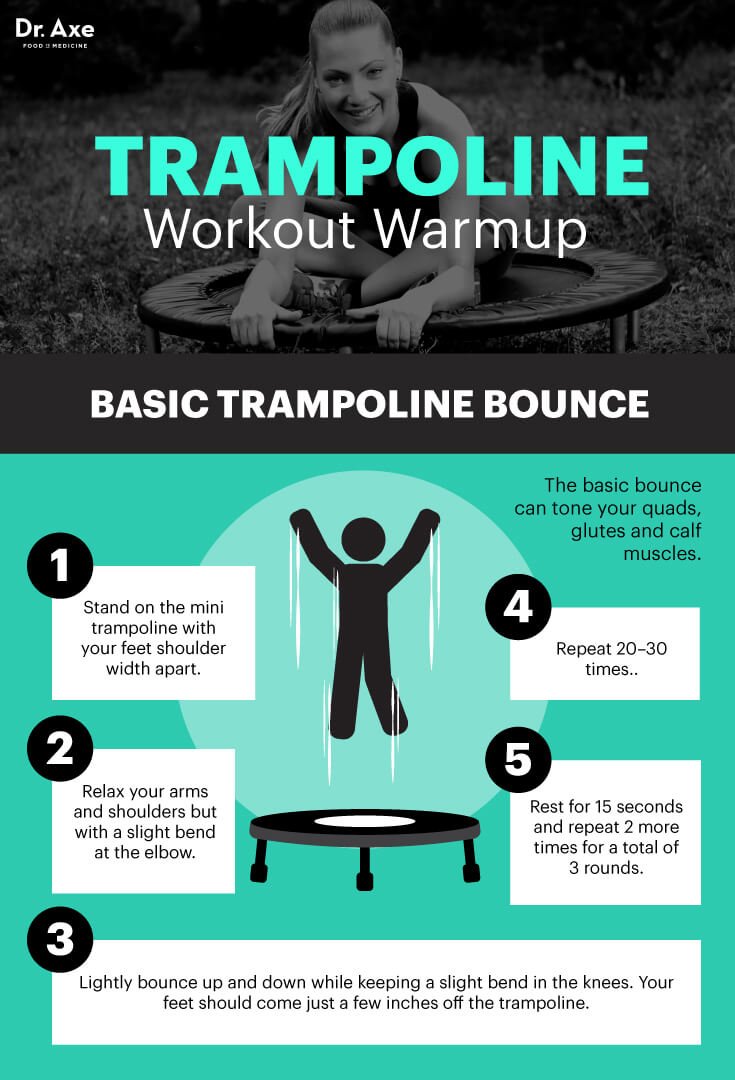
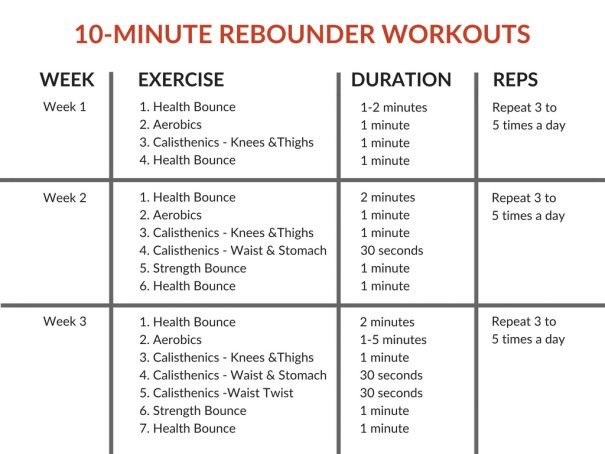
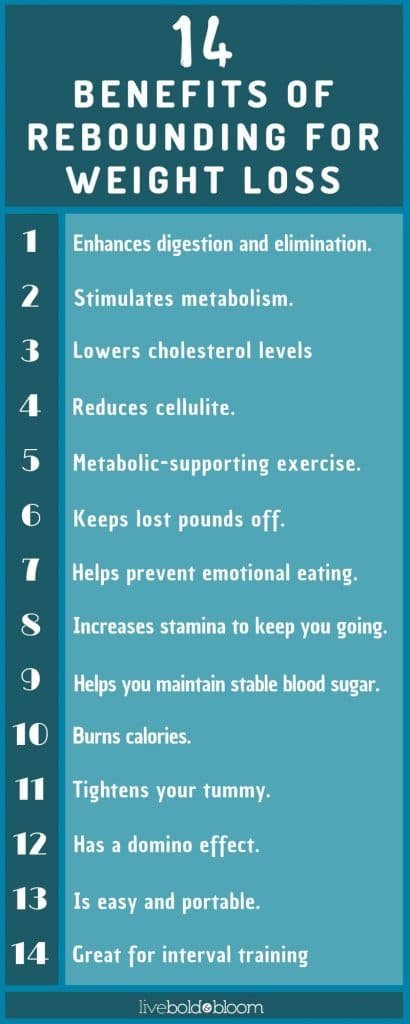

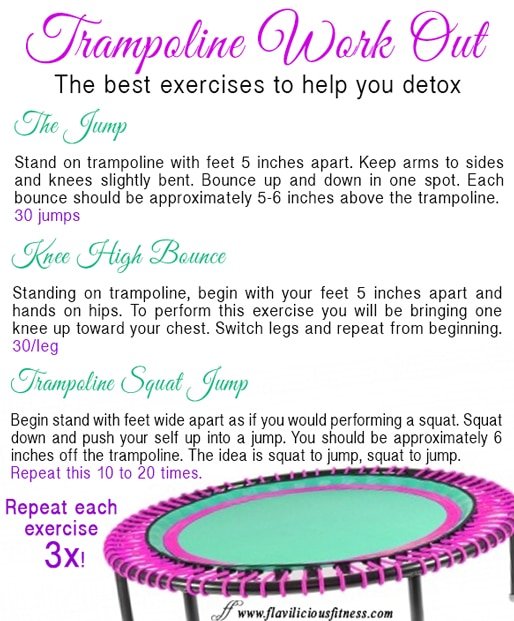
Things to Consider in Choosing the Right Rebounder
best rebounder 2018, best rebounder for lymphatic drainage, bellicon rebounder, rebounder consumer reports, what size rebounder should i get?, best bungee rebounder, rebounder for sale, jumpsport rebounder, Choosing the Right Rebounder




